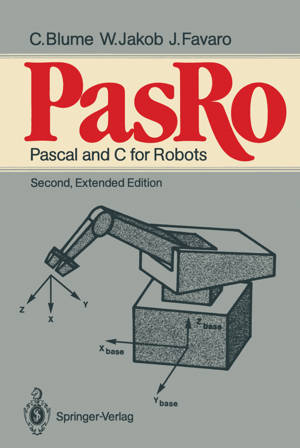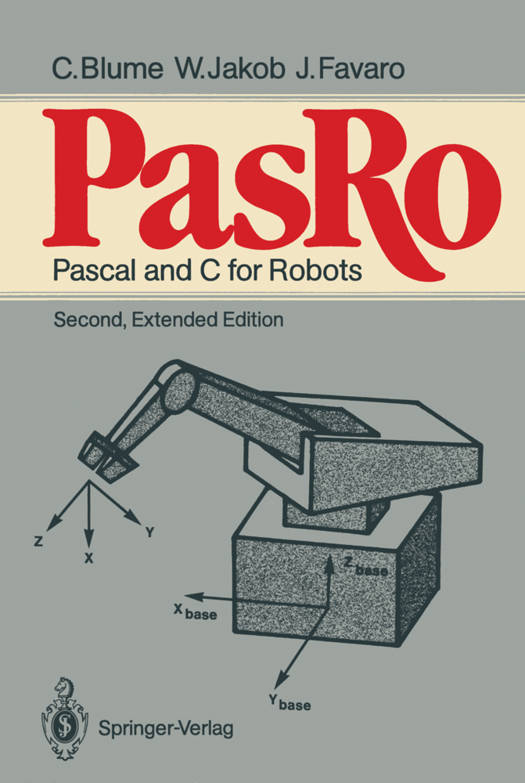
- Afhalen na 1 uur in een winkel met voorraad
- Gratis thuislevering in België vanaf € 30
- Ruim aanbod met 7 miljoen producten
- Afhalen na 1 uur in een winkel met voorraad
- Gratis thuislevering in België vanaf € 30
- Ruim aanbod met 7 miljoen producten
Zoeken
€ 113,45
+ 226 punten
Omschrijving
The second edition of PASRO - Pascal for Robots includes some new aspects of the PASRO development within the last two years. Besides the PASRO implementation on other computers with the help of different Pascal compilers and operating systems, one significant new development has been the implementation of the PASRO concept in the programming language C. Therefore the second edition is divided into two major parts: A. The revised and little extended "old" PASRO description of the first edition based on Pascal. B. The new PASRO/C description based on C. Of course we know that the name "PASRO/C- is a contradiction in terms, but we chose it, in order to use the well known name PASRO in future. The additional author John Favaro is respon- sible for the PASRO/C implementation and the des ription while Christian Blume designed the PASRO concept and implemented the original PASRO, together with Wilfried Jakob. Additional thanks are dedicated to Jan Schloen and Thomas Eppting, who helped us to implement PASRO/C. We would also like to thank all readers of the first edition, who sent us their comments and corrections. Amongst these, spe- cial thanks to G. Macartney from the Queen's University of Bel- fast.
Specificaties
Betrokkenen
- Auteur(s):
- Uitgeverij:
Inhoud
- Aantal bladzijden:
- 239
- Taal:
- Engels
Eigenschappen
- Productcode (EAN):
- 9783540180937
- Verschijningsdatum:
- 1/11/1987
- Uitvoering:
- Paperback
- Formaat:
- Trade paperback (VS)
- Afmetingen:
- 170 mm x 244 mm
- Gewicht:
- 408 g

Alleen bij Standaard Boekhandel
+ 226 punten op je klantenkaart van Standaard Boekhandel
Beoordelingen
We publiceren alleen reviews die voldoen aan de voorwaarden voor reviews. Bekijk onze voorwaarden voor reviews.











